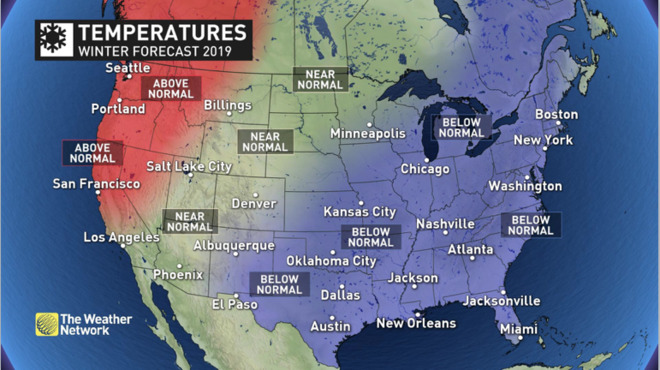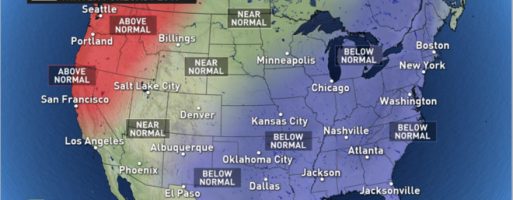For many places in the country, winter has already arrived. While many enjoy walking in a winter wonderland, those in the incident management field should be keenly aware of the impacts of winter storms.

Is Your EOC Ready For Winter Storms? Hopefully, you’ve already pre-planned for such events and are standing at the ready, but if not, here’s a short list of items that you can do now to prepare for the upcoming months of winter.
First, conduct a preparedness discussion with your Emergency Operations Center and incident management personnel. While they will likely know how to their jobs during an incident, review the impacts of storms. Vehicle accidents increase during winter, as any search of YouTube will validate. Icy or snow covered roads inevitably affect drivers who do not adjust their driving for conditions. Additionally, exposure, or too much time spent in the elements improperly prepared, increases. This is a consideration for larger incidents where people may be thrust outside with little to no notice (fire, multi-vehicle accidents, etc.).
Next, review National Weather Service (NWS) terminology so everyone understands what the news means when they report weather events. Familiarity with these terms can also aid in advising external stakeholders or when crafting public advisories from the EOC. The following terms are generally used by NWS:
- ADVISORY: The NWS issues a Winter Weather Advisory when it expects conditions to cause significant inconveniences and may be hazardous.
- WATCH: The NWS issues a Winter Storm Watch when severe winter conditions, such as heavy snow and/or ice, may affect your area but the location and timing are still uncertain. A Winter Storm Watch is issued 12 to 36 hours in advance of a potential severe storm.
- WARNING: The NWS issues a Winter Storm Warning when 4 or more inches of snow or sleet are expected in the next 12 hours, or 6 or more inches in 24 hours, or ¼ inch or more of ice accumulation is expected.
Responders and EOC personnel should also review emergency communications plans and policies. How alerts are sent, timelines for reporting to the EOC, and how long personnel should expect to remain on scene should all be reviewed. And if you haven’t done it already, TEST your notification/recall system to ensure that everyone who should receive it does. Keep in mind that during large incidents, the phone systems (landline and cell) can become overwhelmed. For this reason, texting may be a better means of communicating, as the data system works separately from the voice system and is often more reliable. Numbers for texting should be shared among employees as part of the emergency communications plan.
Being prepared for an event includes assembling kits for both home and to go. Often during severe weather events, snow/ice will impact the ability of responders to get to everyone’s homes immediately, so it’s critical that you have some basic supplies on hand to survive for at least three days if an emergency occurs. In addition to your home kit, minimize travel during a winter storm. For those who may be recalled or deployed, keep a disaster supply kit in your car. Some items to consider for this kit include jumper cables, sand, a flashlight, warm clothes, blankets, bottled water, and non-perishable snacks. And keep the gas tank full, as weather can affect gas stations abilities to remain open as well. You can find more tips about your home and vehicle kits at www.ready.gov/winter-weather.
Next, it’s important that you have a professional go-kit, those items you need to take with you to a response. This has been covered previously in our blog, so please take a second to review it here. Remember, you should bring whatever is necessary to operate with limited support for a few days, to include things like forms, PPE, warm clothing, and sleeping bags.
Last, but far from least, it’s highly recommended to conduct a tabletop exercise in preparation for a winter storm. The goals for the exercise are as follows:
- To assess your organization’s ability to respond using your current plans, policies, capabilities, and resources; and
- To help identify improvements that could make the difference in keeping your people safe and doors open after a disaster.
For organizations that do not currently do this type of planning, EMSI can help design and conduct an exercise for your organization, with area specific details to make the exercise more relevant for your personnel. Additionally, EMSI is available to provide just-in-time EOC and Incident Command System training to expedite your team’s preparedness. Contact our training specialists to learn more.
Hopefully, we’ve reminded you of a couple things to do before the next big storm comes.
Later on, we’ll
conspire
As we dream by the fire
To face unafraid, the plans that we’ve made
Walking in a Winter Wonderland
We wish you all the best in 2019 and hope to hear from you in the coming year!
EMSI is a service-disabled veteran owned, minority business enterprise (MBE) that supports a broad range of clients. To learn more about EMSI and how we can help your organization’s response preparedness, please visit www.emsics.com.


